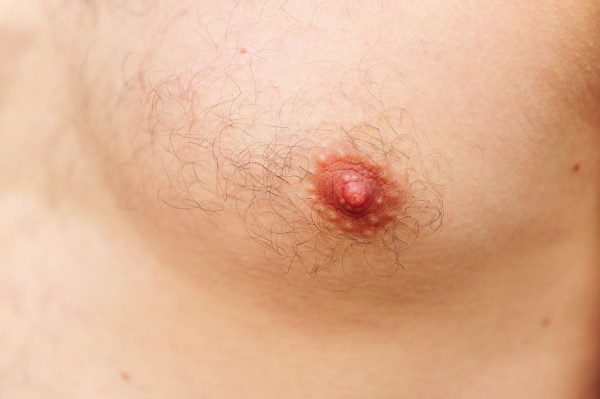Do I Have Gynecomastia?
Whatever nickname they get, enlarged male breasts can feel anything but fun to men who have them. The correct name for this condition is gynecomastia, and it’s estimated that over half of adult men in the U.S. experience it. While occasionally I’ll meet a man who has come to terms with gynecomastia, few are perfectly comfortable with it, and most would gladly achieve a firmer, flatter chest they feel confident baring if possible .
Despite its prevalence (or perhaps because of it), there is a lot of mixed and often misleading information about what causes gynecomastia, as well as how to treat it. As a board certified plastic surgeon, my priority is to help patients find the right answers, so I’ve taken some time to address the most frequently asked questions about gynecomastia now.
How can I tell if I have gynecomastia…or just extra fat?
Some doctors consider any excess tissue that leads to an enlarged male breast appearance to be gynecomastia; others distinguish excess glandular tissue as gynecomastia, and consider excess fat to be “pseudogynecomastia” or “lipomastia.” Both types of tissue are usually harmless from a medical standpoint.
Most men have a combination of excess fat and glandular tissue. When it comes to addressing unwanted chest fullness, whether it’s “true” gynecomastia or solely excess fat matters less than how much your chest appearance bothers you—an experienced plastic surgeon can adjust his technique to remove either type of tissue and restore a more masculine chest.

Why do I have gynecomastia?
Many of my Asheville male breast reduction patients are perplexed by why they have enlarged breasts in the first place—especially those who are at a healthy weight and who do chest exercises regularly. I wish there was an easy answer for these men, but the fact is that there is no single known cause for gynecomastia. Rather, it seems to be caused by some combination of genetics, aging, hormones, and lifestyle habits.
Treating gynecomastia: what works and what doesn’t
A quick Google search will turn up thousands of sites promising to help you flatten your chest. But as you likely know, there’s no magic workout or pill that will get rid of the extra tissue. However, there are several safe, effective options depending on the nature of your condition:
- Waiting it out. If you are a teenager and bothered by breasts that appear enlarged, time may be the best “cure” for your condition. Pubertal gynecomastia is extremely common, even normal, in boys, but it typically resolves by age 20. That said, if you are bothered by the appearance of your chest, talk to your parents or your doctor about options to address the issue.
- Losing weight. Excess fat in the chest can often be reduced through diet and exercise, particularly if you are overweight to begin with. However, if you are genetically wired to store fat in your chest, have mostly glandular tissue, or don’t need to lose weight, then no amount of dieting or weight loss is likely to help. Be aware that losing too much weight can lead to a new problem: sagging chest skin, which most often can only be addressed with surgery.
- Chest exercises to build muscle. Toning the pectoral muscles can help firm up the chest, and coupled with dieting, help you lose fat, which can reduce breast size. There’s one important caveat: if you have excess glandular tissue, building the chest muscles may make your breasts appear even larger—so consider having a plastic surgeon assess your tissues ahead of your tackling the problem in the gym.
- Hormone therapy. Testosterone therapy has gained a lot of attention lately as a panacea for many age-related issues, including gynecomastia. However, we don’t have a lot of clear evidence that testosterone replacement works for most gynecomastia patients—that said, it appears to be helpful for those with markedly low ratios of testosterone to estrogen.
- Male breast reduction surgery. The only proven way to treat gynecomastia for years, if not permanently, is surgical tissue removal. In many cases, liposuction alone can be used to sculpt a very natural, masculine chest shape with minimal scarring. Even if tissue excision is needed, the incisions can usually be hidden in the natural edge of the areola for a remarkably natural result. You can read more about what’s involved in male breast reduction surgery here.
What about puffy nipples? Can male breast reduction help?
Just because you don’t have large, female-like breasts doesn’t mean you’re A-OK with your chest—gynecomastia can also present in the form of a large or puffy nipple-areola complex. While commonly a temporary issue during puberty, sometimes the glandular tissue doesn’t flatten out, and a man is left with puffy or pointed nipples. In this case, a quick surgery can provide a flatter chest appearance.
Have more questions about male breast reduction? I can help.
I’ve helped many men suffering from gynecomastia achieve firmer, flatter chests. If you would like to discuss your options to get a more masculine chest shape, please contact my office to schedule a personal consultation at my Asheville plastic surgery practice.
